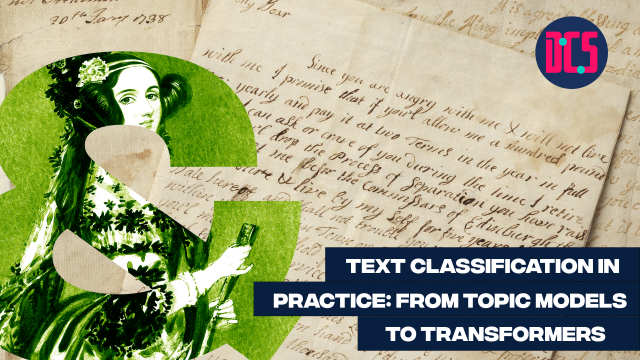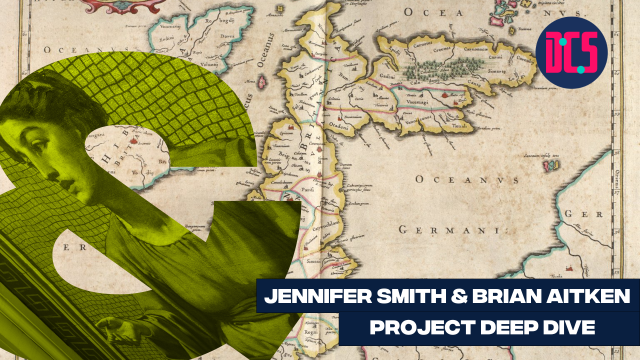Workshop: Collecting and Analysing Twitter Networks in R
* Please ensure to bring your own laptop/ device to this workshop *
Twitter is a powerful source of network data that can provide a near real-time outlook on various social phenomena.
In this workshop, you will learn how to scrape (extract) tweets and Twitter users’ connections using the Twitter’s search API and the package retweet in the programming language R.
You will learn how to format Twitter activity data (mention, retweets) in a structure suitable for social network analysis and you will be introduced to basic network analysis and visualisation (degree centrality, community detection).
This workshop will also introduce you to some of the challenges of using social media data, such as dealing with large data volume and API limitations.
Digital Scholarship Centre
Digital Scholarship Centre, 6th floor
Main Library
University of Edinburgh
Edinburgh EH8 9LJ












